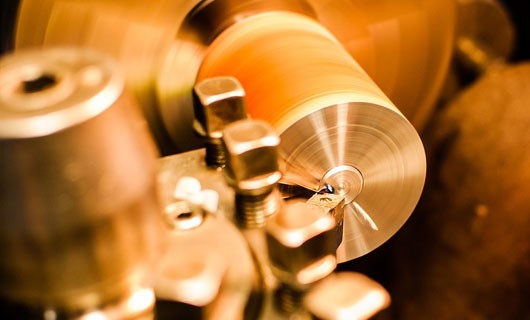Transducers have had a long and varied history of design and application, but they have changed in certain ways since their inception. However, the purpose of transducers from the beginning remains pretty clear: to convert a particular form of energy to another energy form. Additionally, in an electronic system, transducers serve to convert a signal which is non-electrical or physical into a signal which is electrical.
There are different classifications for transducers. If you want to make the right choice when it comes to transducers, you need to know what these classifications are – and along with this, it would be good to have a clear idea of the differences between active and passive transducers as well. Here’s a look at transducer classifications – and the main differences between passive and active transducers, and how they can be applied.
How transducers are classified
- Primary transducers
Primary transducers are also referred to as sensors or detectors, and they are able to sense physical parameters that include humidity, pressure, temperature, and so on, and then convert these parameters into readable, physical parameters.
- Secondary transducers
Secondary transducers are able to convert or transform a primary transducer’s output into a signal which is electrical. For example, converting physical displacement into a voltage reading.
- Analogue and digital transducers
Analogue transducers have the ability to convert or transform an input signal to an output which is in analogue form with a continuous time function, whilst a digital transducer can convert the signal into an output which is electrical (in pulse form).
- Electrical and mechanical transducers
Electrical transducers have the capacity to sense and assess parameters which are physical, converting them into electrical signals, whilst a mechanical transducer is able to convert a form of quantity which is physical into another quantity, also physical.
- Active and passive transducers
Active transducers are transducers which are also referred to as self-generating transducers, and this kind of transducer doesn’t require an auxiliary or external power supply in order to produce an output. Passive transducers, on the other hand, are also referred to as transducers which are externally-powered, and they require an external or auxiliary supply of power in order to produce an output.
The main differences between passive and active transducers
As mentioned previously, active transducers are also known as self-generating transducers, whilst passive transducers are also referred to as externally-powered transducers. The conversion of signals for active transducers is simpler compared to the process used by passive transducers, where the conversion of signals is more complex. In an active transducer, the energy needed to produce an output can be taken from a physical form or quantity. In a passive transducer, a portion of the power needed for conversion is also taken from a physical form or quantity, although measured. A Bourdon tube is one prime example of an active transducer, whilst a linear variable differential transformer (LVDT) is a good example of a commonly used passive transducer.












